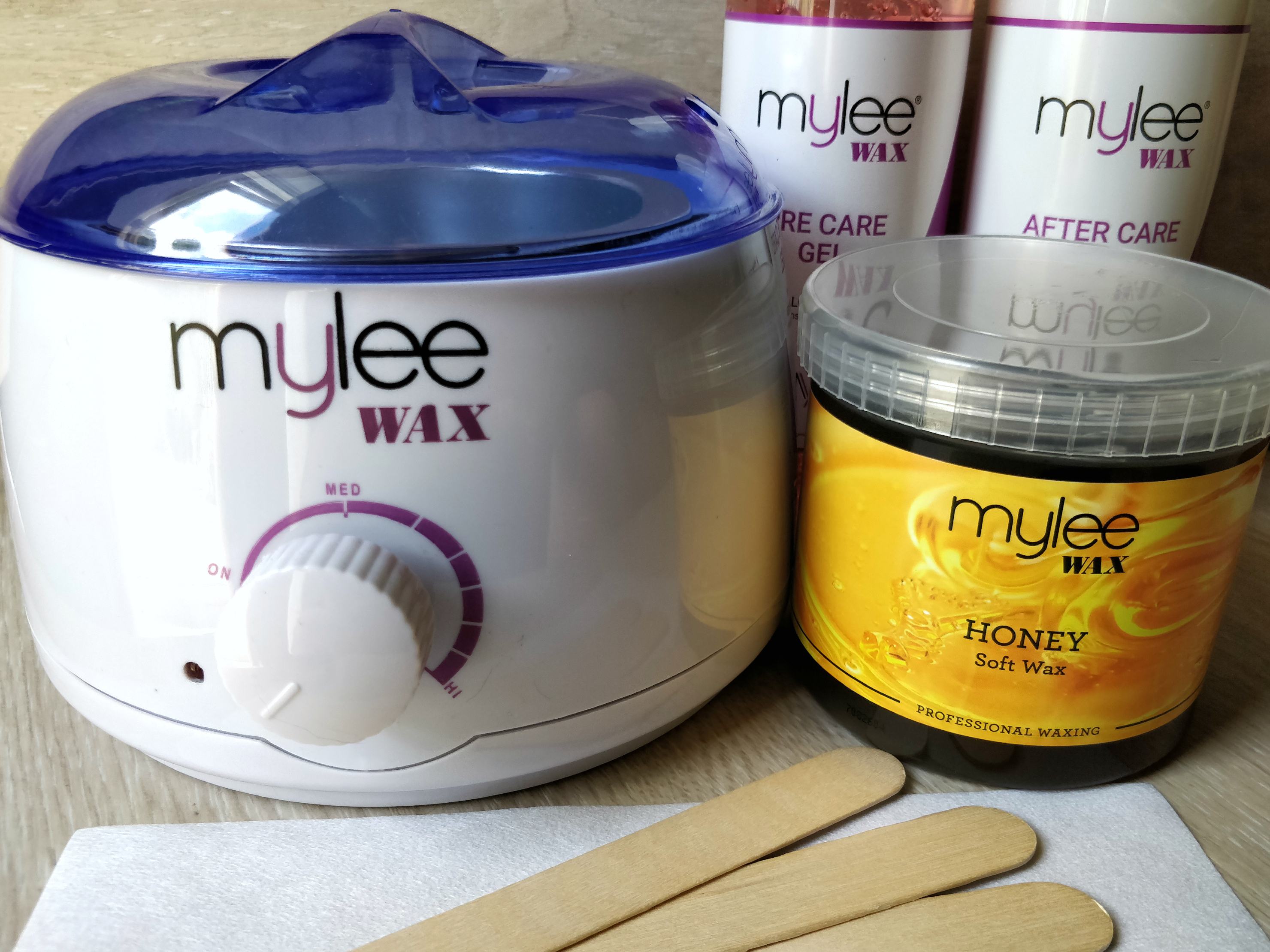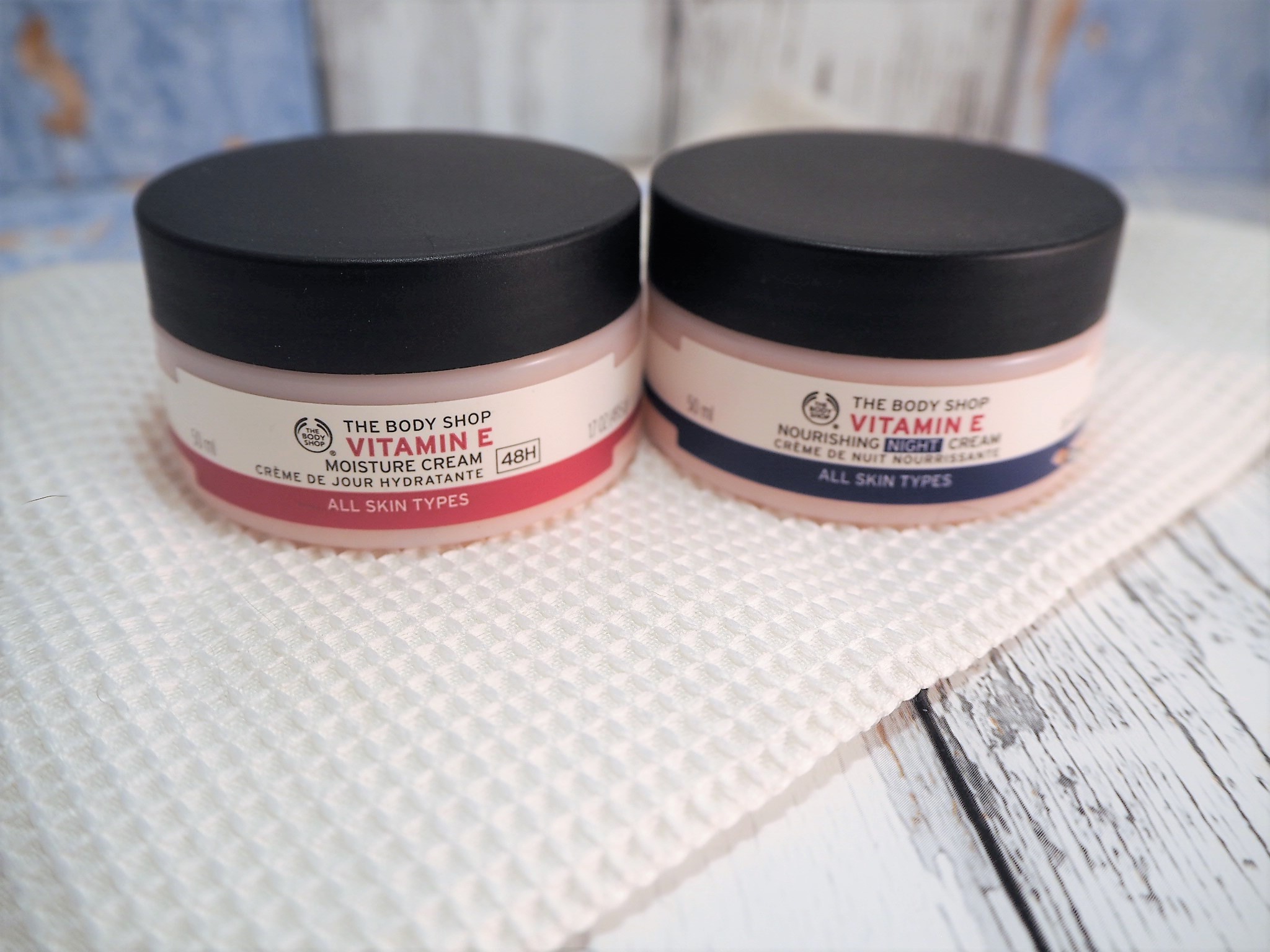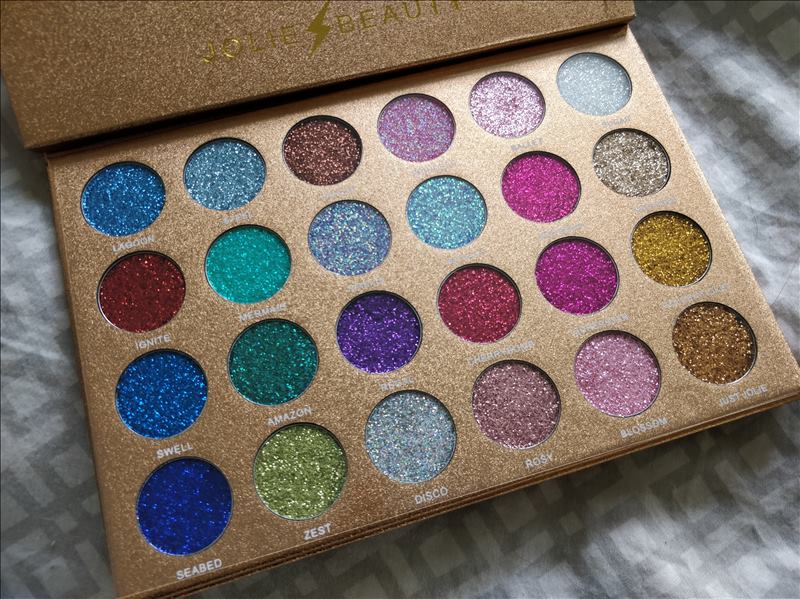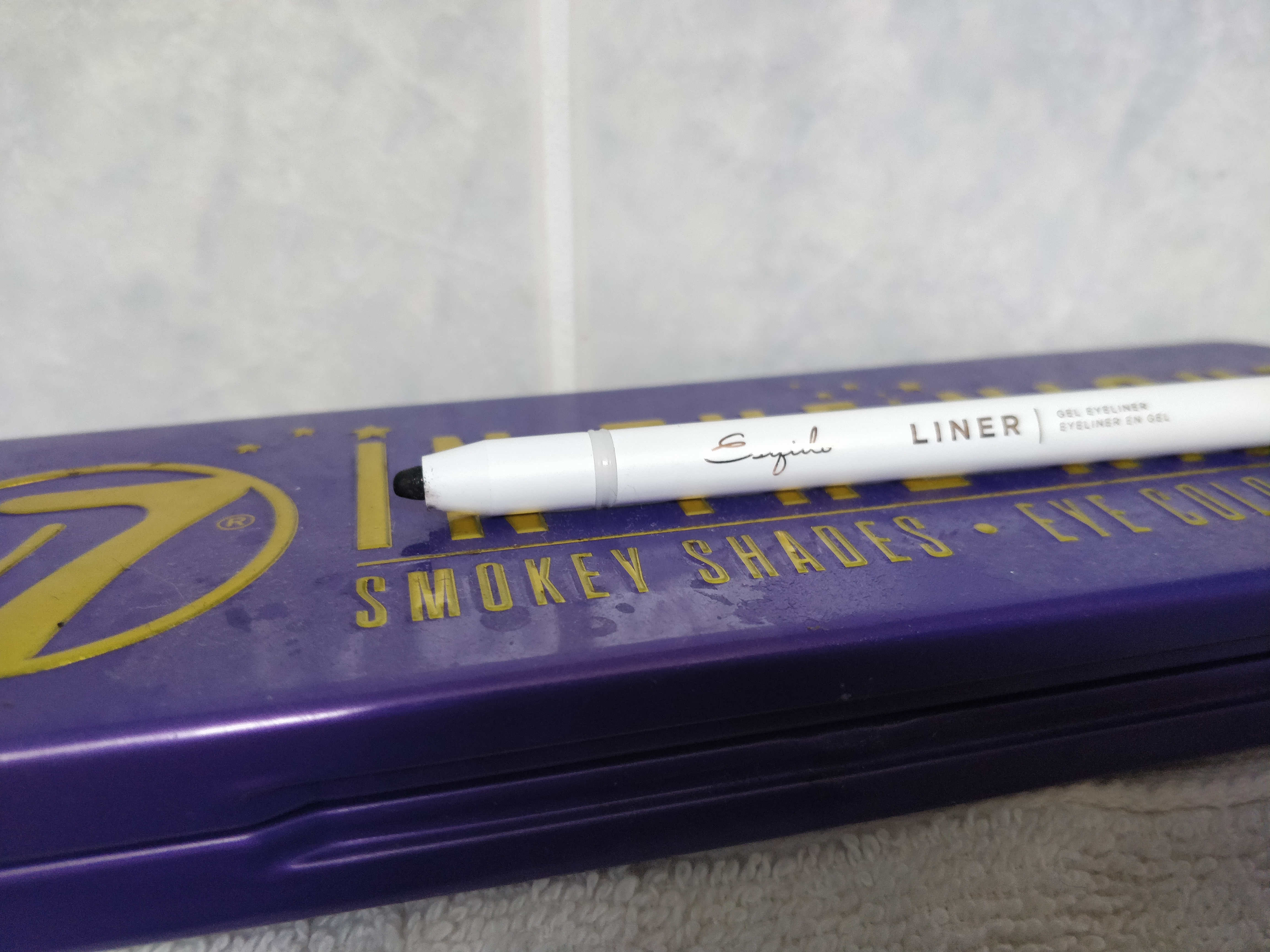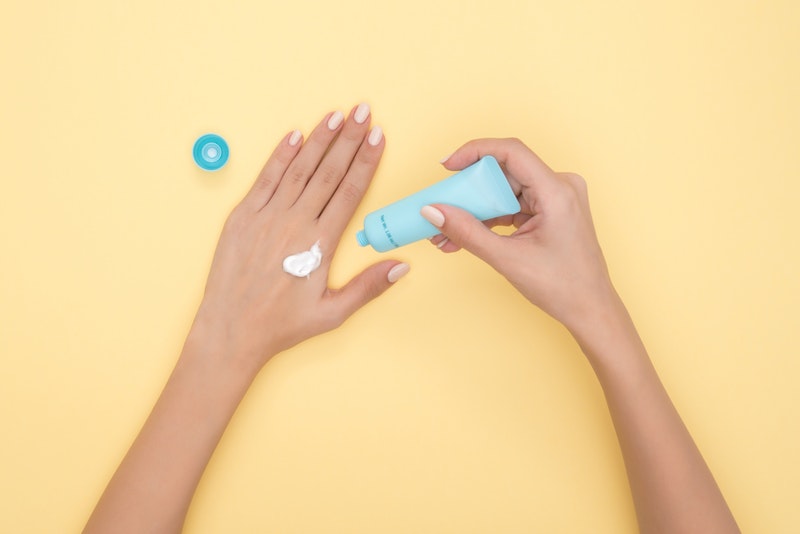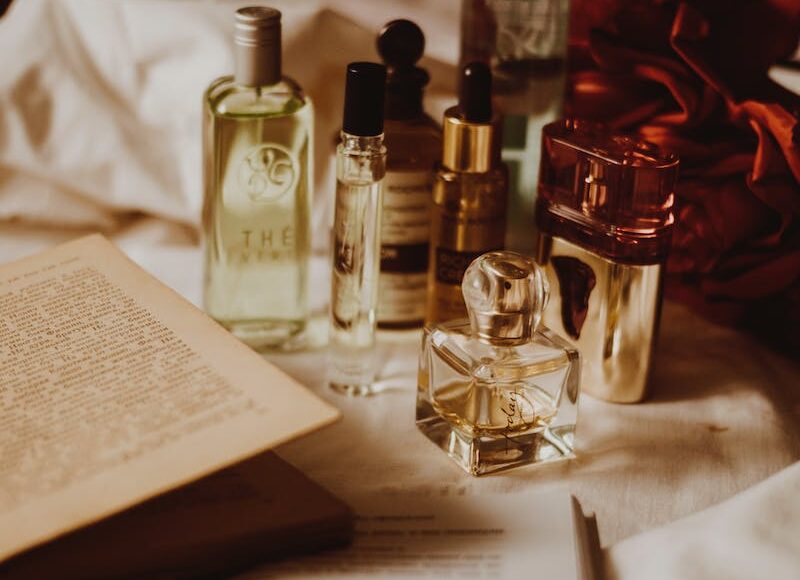How Hair Relaxer Lawsuits Are Changing Consumer Expectations from Beauty Products
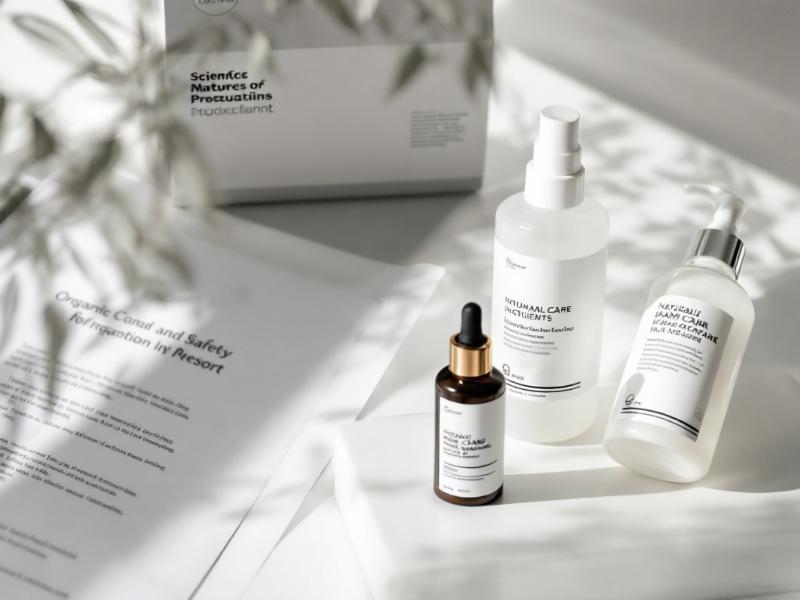
The beauty industry is undergoing a significant transformation as hair relaxer lawsuits expose the safety concerns surrounding beauty products. These legal cases, claiming hair relaxers are linked to health issues, are influencing consumer expectations around product safety standards.
As more victims come forward seeking justice, demand for safer products grows, reshaping beauty standards and industry practices. In this article, we delve into the growing impact of legal actions on consumer awareness and industry practices.
The Background of Hair Relaxer Lawsuits
Hair relaxer lawsuits escalated after numerous individuals reported serious health problems, such as uterine cancer, from chemical relaxers. These lawsuits reveal a troubling trend where manufacturers face allegations of negligence and inadequate warnings about their products.
Plaintiffs contend that the harmful ingredients in these relaxers were marketed without adequate regard for consumer safety, leading to dire health consequences. This rising legal action against beauty brands challenges long-standing industry norms and is pivotal in initiating discussions about safety regulations.
The Guardian states that in May 2022, Level Up published research on Black women’s experiences with relaxers in the UK. The study surveyed over 1,000 women to gather insights into the effects of chemical hair treatments. The findings revealed that 77% of respondents were unaware of the increased cancer risk associated with long-term relaxer use. This highlights a significant knowledge gap that may contribute to ongoing hair relaxer lawsuits and consumer safety concerns.
According to TorHoerman Law, lawsuits in Illinois claim hair relaxers and straighteners caused health issues, including uterine cancer. These cases have been consolidated into Multi-District Litigation (MDL) to streamline discovery and pre-trial processes for affected victims.
Changing Consumer Awareness of Product Safety
As these legal cases gain media attention, consumers are increasingly educated about the risks tied to harmful ingredients. This heightened awareness is driving conversations about the need for transparency in product formulations and prompting consumers to seek safer alternatives.
ScienceDirect states consumers are increasingly aware of product safety and sustainability throughout the cosmetic product life cycle, from design to post-use. Cosmetic companies are adopting sustainable practices, such as green chemistry and upcycled ingredients. They are also addressing environmental concerns through recycling and carbon footprint reduction, though quantitative data is still limited.
As consumer awareness grows, beauty brands must prioritise safety, adapting their products to meet higher health expectations moving forward.
Why do many beauty products still contain potentially harmful ingredients?
Many beauty products contain harmful ingredients due to regulatory gaps, insufficient testing, and prioritising cost savings over consumer safety. Some brands resist reformulating products due to perceived high costs, while others may not fully disclose potentially harmful ingredients. Consumer demand for low-cost items can influence manufacturers to maintain less expensive formulations.
How Lawsuits Are Driving Beauty Industry Reforms
Lawsuits are becoming catalysts for reform within the beauty industry, particularly regarding the use of harmful ingredients in hair relaxers. As legal claims against manufacturers unveil the risks associated with these products, brands face increased scrutiny from consumers and advocacy groups.
This scrutiny drives calls for greater transparency, stricter regulations, and the development of safer formulations. Consequently, companies are beginning to adopt more responsible practices to protect consumer health and maintain their market reputation.
BeautyMatter states beauty industry reforms driven by lawsuits and legislation require brands to substantiate product safety, impacting smaller companies. Around 50% of independent brands skip safety testing, relying on “clean lists” and third-party claims. MoCRA mandates safety assessments, pushing small brands to reformulate, increasing costs, and potentially limiting their market presence in stricter states.
Are lawsuits enough to enforce real change in beauty product formulations?
Lawsuits can indeed prompt substantial changes in beauty product formulations, but they often require sustained consumer advocacy and time. Legal actions can raise awareness about harmful ingredients and push brands to reconsider their formulations. However, to achieve comprehensive change, collaboration among regulatory bodies, brands, and consumers is essential.
The Rise of Clean Beauty and Natural Hair Movements
McKinsey states that clean beauty and natural hair movements emphasise wellness-inspired products like probiotic skincare, Ayurvedic ingredients, and beauty devices. This beauty and wellness trend is expected to grow into a $2 trillion global market by 2027. It is driven by consumers increasingly seeking self-care and mindfulness in their routines.
Consumers are increasingly prioritising products made with natural, non-toxic ingredients that support health and well-being. This trend is reshaping industry standards, prompting brands to innovate and reformulate their offerings.
As these movements gain momentum, they encourage a broader cultural shift toward embracing natural beauty, empowering individuals to celebrate their authentic selves.
How has the popularity of natural hair care affected cultural beauty norms?
The rise of natural hair care has profoundly influenced cultural beauty norms by promoting the acceptance of diverse hair textures and styles. As more individuals embrace their natural hair, the stigma surrounding textured hair diminishes. This cultural shift encourages beauty brands to expand their product lines, catering to various hair types.
Legal and Ethical Responsibilities of Beauty Brands
Legally, they must adhere to regulations surrounding ingredient safety and marketing transparency. Ethically, brands should prioritise consumer health over profit by investing in safe formulations and disclosing potential risks.
Ongoing hair relaxer lawsuits highlight that negligence leads to serious consequences, urging brands to adopt ethical product development practices.
What Consumers Can Expect Moving Forward
BRC states that the Modernization of Cosmetics Regulation Act (MoCRA), signed into law in December 2022, introduced major regulatory changes that started in 2023. These include mandatory product listing, site registration, adverse health event reporting, and safety substantiation for cosmetic products. Compliance with these regulations, similar to the EU’s “gold standard,” is essential for companies selling cosmetics in the US.
As the effects of hair relaxer lawsuits ripple through the industry, consumers can expect increased scrutiny and heightened safety standards. Brands will likely invest more in research and development to create safer formulations, with a stronger focus on transparency and consumer education.
This shifting landscape empowers consumers to make informed decisions, promoting accountability and advocacy for their health within the beauty industry.
Shaping a Safer Future
The ongoing hair relaxer lawsuits are reshaping consumer expectations in the beauty industry, underscoring the significance of safety and transparency. As awareness of harmful ingredients rises, consumers demand better formulations and accountability from brands. This change signals a future where safety, ethical practices, and health are prioritised, redefining beauty standards for future generations.
